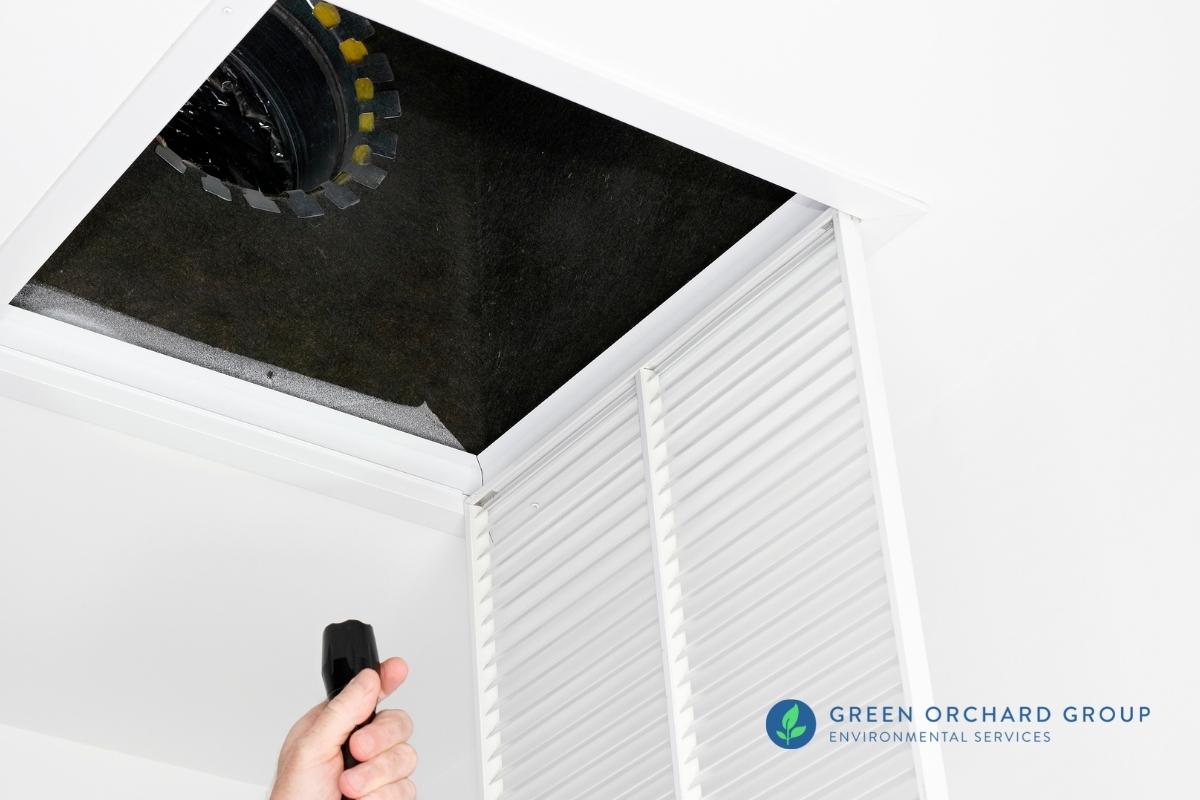Your Ultimate Guide to Article Mold Remediation Techniques
Navigating the realm of post-mold remediation strategies is a thorough procedure that demands attention to information and a thorough understanding of the ins and outs entailed. In the results of mold and mildew invasion, knowing how to efficiently eradicate the mold and mildew and avoid its reoccurrence is critical for preserving a healthy indoor setting. From choosing the best cleaning and disinfecting approaches to executing techniques for long-term mold and mildew prevention, each step in the removal trip plays a vital role in ensuring an effective result. As we start this expedition of post-mold remediation strategies, we will discover the vital methods and best techniques that can assist you recover your space to its pre-mold condition and protect it against future mold risks.
Understanding Post-Mold Removal Process
After finishing the mold and mildew removal procedure, it is vital to recognize the post-mold removal strategies that are essential to ensure a detailed and reliable cleaning. As soon as the mold and mildew has actually been gotten rid of, the following action entails cleansing and sanitizing the affected areas to protect against any kind of regrowth of mold and mildew. This consists of utilizing specialized cleaning up representatives to wipe down surfaces and kill any remaining mold and mildew spores. It is important to dry the area completely to discourage the development of mold and mildew in the future (Post Remediation verification). Appropriate ventilation and dehumidification can assist in this process.
In addition, performing a final evaluation post-remediation is important to make sure that all mold and mildew has been efficiently gotten rid of. If the examination discloses any type of remaining mold, extra remediation may be necessary.
Reliable Cleaning and Decontaminating Approaches

Stopping Future Mold Growth

Significance of Proper Air Flow
Appropriate ventilation plays a critical duty in stopping moisture build-up, a crucial element in mold development within indoor settings. Efficient air flow systems assist remove excess humidity from the about his air, lowering the opportunities of mold spores locating the dampness they require to spread and sprout. Without sufficient air flow, interior spaces can come to be a breeding ground for mold, causing prospective wellness risks and architectural damage.
By guaranteeing correct air circulation, air flow systems can additionally assist in drying damp areas extra rapidly after water damages or flooding events, further preventing mold and mildew growth. Post Mold Remediation. In rooms like restrooms, attics, basements, and kitchen areas where wetness degrees often tend to be greater, mounting and preserving efficient air flow systems is crucial in avoiding mold infestations

Surveillance and Upkeep Tips
Provided the vital role that correct ventilation plays in stopping mold development, it is critical to develop effective surveillance and upkeep suggestions to make certain the ongoing functionality of ventilation systems. Routine inspections of air flow systems should be performed to look for any kind of indications of blockages, leakages, or malfunctions that might impede appropriate air flow. Surveillance humidity degrees within the property is also essential, as high moisture can contribute to mold and mildew development. Setting up a hygrometer can aid track moisture degrees and alert homeowners to any spikes that might require attention. Furthermore, ensuring that air filters are routinely cleansed or changed is important for preserving the effectiveness of the ventilation system. Carrying out a routine for routine upkeep jobs, such as duct cleansing and heating and cooling system evaluations, can help avoid issues prior to they intensify. By remaining aggressive and mindful to the condition of ventilation systems, homeowner can properly alleviate the risk of mold regrowth and keep a healthy and balanced interior setting.
Verdict
To conclude, post-mold removal techniques are vital for ensuring a secure and clean atmosphere. Understanding the procedure, applying efficient cleaning and decontaminating approaches, stopping future mold development, preserving correct ventilation, and regular surveillance are all vital action in the removal procedure. By complying with these guidelines, you can efficiently get rid of mold and prevent its return, see working or advertising a healthy living space for all owners.
In the results of mold problem, knowing just how to efficiently eradicate the mold and stop its reoccurrence is vital for maintaining a healthy interior atmosphere. As soon as the mold has been gotten rid of, the next action involves cleansing and disinfecting the impacted locations to protect against any kind of regrowth of mold - what to do after mold remediation. After removing visible mold and mildew development, it is important to cleanse all surface areas in the affected area to get rid of any type of remaining mold spores. To additionally boost mold prevention steps, it is important to attend to underlying problems that originally led to mold and mildew advancement.Offered the critical role that appropriate ventilation plays in stopping mold and mildew development, it is crucial to develop reliable surveillance and maintenance suggestions to make sure the ongoing performance of air flow systems
Comments on “After Mold Remediation Techniques for Tidy Spaces”